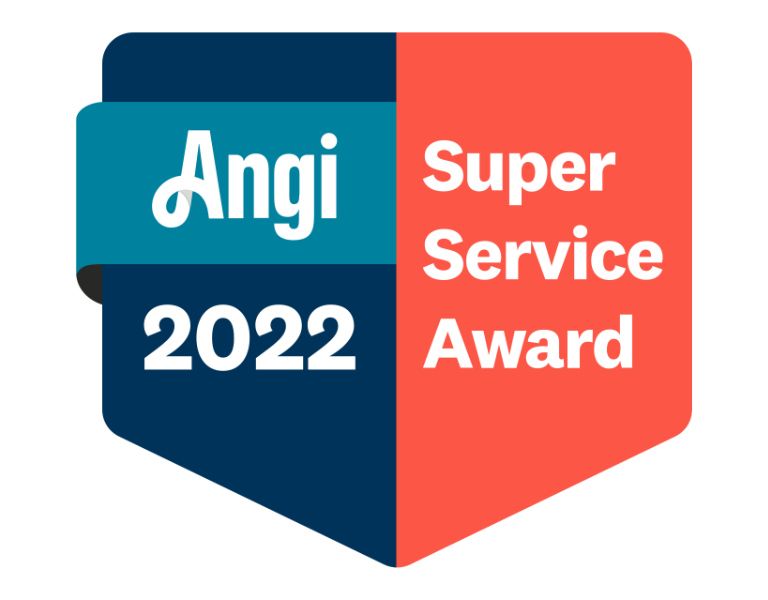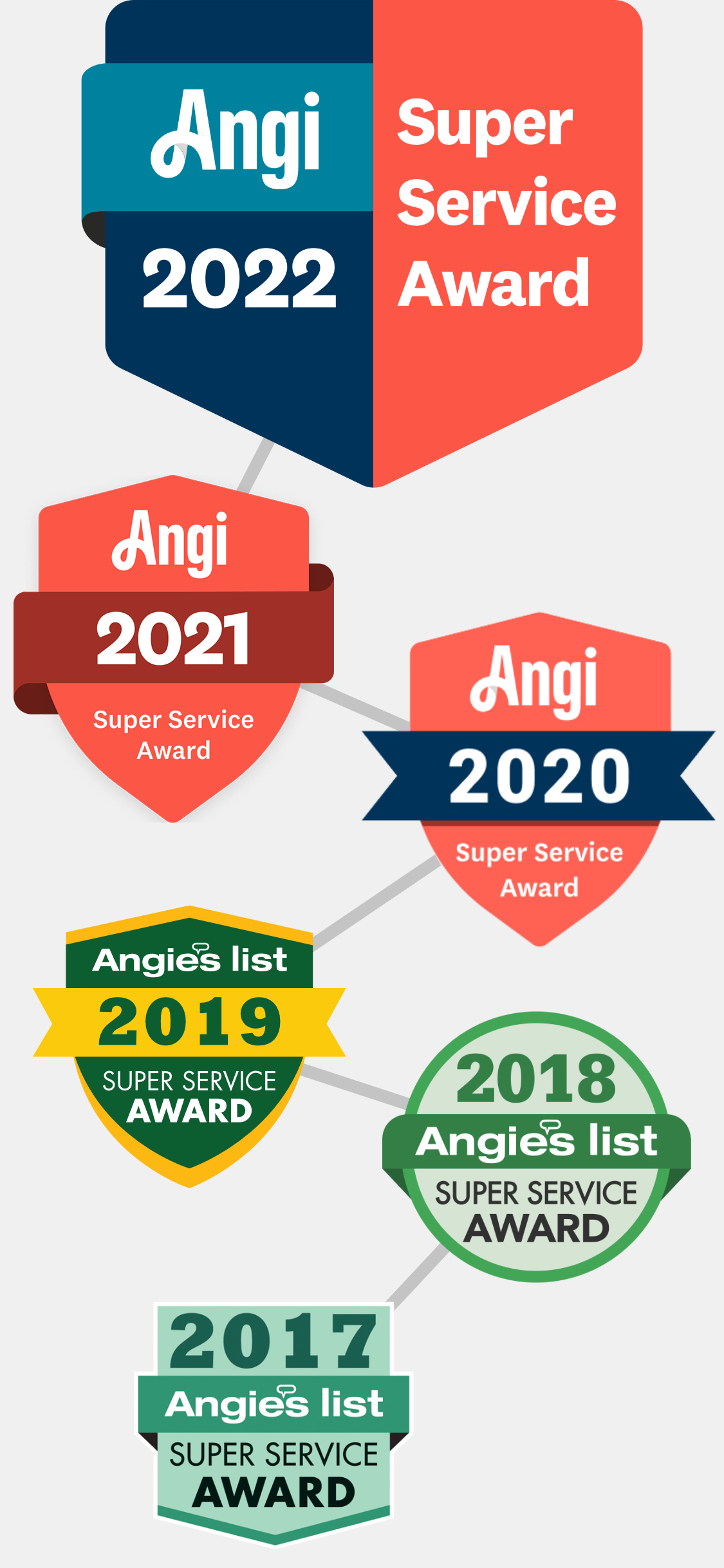San Diego’s Trusted Heating Solutions: Preventative Steps for Reliable Warmth
How To Prevent Heating Breakdowns & Costly Repairs
As the San Diego sun dips below the horizon and the evenings usher in a chill, the thoughts of many homeowners turn to the cozy confines of their homes. Whether you’re returning from a day of surfing at La Jolla Cove or a hike through the Torrey Pines State Reserve, a reliably warm home is a welcome retreat. Yet, amid the holiday preparations and the dropping temperatures, the last thing anyone needs is a heating breakdown. Staying ahead with savvy heating maintenance is not just a convenience—it’s a necessity.
Securing Serenity With Seasonal Heating Strategies
Heating maintenance is not merely a task to be checked off but a cornerstone of tranquil living and robust system performance. At Bob Jenson Heating and Air Conditioning, we consider every nuance of San Diego’s unique climate, customizing our approach to safeguard your home against unexpected chills and efficiency dips.
Our service is a tapestry of technical expertise and preventative strategy, extending the lifespan of your heating equipment and preserving the cozy ambiance of your home. By embracing the latest in heating technology and proactive care, we not only maintain your system’s reliability but also enhance the air quality within your home, ensuring that every breath you take is a testament to the purity and precision of our work.
With us, your peace of mind is guaranteed; we’re dedicated to providing a warmth that’s not just felt but also trusted, making Bob Jenson synonymous with unwavering comfort in San Diego, CA, and beyond.
Safeguard Your Sanctuary: Proactive Steps to Heating Maintenance
Taking the initiative for heating maintenance can be as rejuvenating as a walk on the sunny shores of Coronado Beach. But it’s not just about feeling good—it’s about being smart with your home heating solutions. Let’s walk through the proactive measures you can take to avert the inconvenience of repairs, with a call to action for San Diego residents: Engage with Bob Jenson for impeccable heating maintenance services.
- Regular Inspections
- Change Air Filters
- Thermostat Management
- Ductwork Diligence
- Professional Tune-ups
Regular Inspections: Your Shield Against the Unexpected
Commitment to regular inspections is a cornerstone of heating maintenance in San Diego, CA. At Bob Jenson, we liken our routine check-ups to a seasoned captain inspecting their vessel before setting sail; it’s our way of ensuring your heating system is seaworthy for the cooler months ahead. When we scrutinize your heating unit, we’re not only ticking boxes but analyzing performance, anticipating needs, and strategizing the best course to avoid heating hiccups. With our experienced eyes on your system, you can rest easy knowing that potential issues are identified and addressed long before they become costly ordeals, keeping your home’s comfort as constant as the Pacific tides.
Air Filters: The Unsung Heroes in Your HVAC System
Air filters may seem like a small part of your home heating system, but they play a pivotal role in maintaining the air quality and efficiency of your heat oasis in San Diego. At Bob Jenson, we ensure your filters are in prime condition, capturing dust and allergens, optimizing airflow, and safeguarding your indoor air.
Think of them as the gatekeepers to your comfort castle, quietly working round the clock. By having us regularly replace these silent protectors, you’re not only preserving the purity of your home’s air but also enhancing your system’s longevity and reducing the strain on your wallet from energy overuse. Let us maintain a vigilant watch over your air filters so the only thing you’re breathing in is peace of mind.
Thermostat Management: The Conductor of Your Comfort Symphony
Navigating the nuances of thermostat management can be the difference between a harmonious home climate and a series of temperature tantrums. Here at Bob Jenson, we take the baton to fine-tune your home’s heating melody. Our experts in heating maintenance in San Diego can help you program your thermostat for optimal performance—adapting to your lifestyle and seasonal changes with precision.
We’re not just setting temperatures but orchestrating an energy-efficient performance that harmonizes with your daily rhythm. By leveraging advanced thermostat settings, we can help you save on energy bills and extend the life of your heating system, allowing you to step back and enjoy the symphony of a perfectly heated home.
Ductwork Diligence: Pathways to Peak Performance
Your home’s ductwork is the hidden highway for warmth, and diligent care of these pathways is essential for an efficient heating system in San Diego, CA. At Bob Jenson, we inspect your ducts and ensure they are free of debris and obstructions that can restrict airflow and strain your heating system.
Our thorough ductwork diligence means we meticulously seal any leaks and insulate where necessary, which translates to consistent temperatures, reduced energy costs, and a quieter operation. You can expect nothing less than the smooth and efficient delivery of heat to every corner of your sanctuary, ensuring comfort is evenly distributed throughout your living space.
Professional Tune-Ups: The Heartbeat of Home Comfort
A professional tune-up by Bob Jenson is like a wellness check for your heating system, keeping the heartbeat of your home comfort strong and steady. Our team, well-versed in the specific needs of heating maintenance for San Diego homes, goes beyond the basics. We meticulously calibrate, lubricate, and test all components to ensure they’re in top-notch condition. These tune-ups are not just preventative measures—they’re performance enhancers that reduce the risk of breakdowns during those cool Pacific evenings and save you money by improving energy efficiency. Regular professional tune-ups by our seasoned experts ensure that when you need warmth the most, your heating system performs like a champion, year after year.
Take the Leap to Long-Lasting Warmth
As the city’s twinkling lights mirror the starry skies, ensure that your San Diego home remains a bastion of warmth and reliability throughout the cooler months. Steer clear of the disruptions of heating breakdowns with Bob Jenson’s professional heating maintenance services. Ready to fortify your home against the chill? Reach out to us today, and let’s keep your living space as inviting as San Diego’s endless summer.






